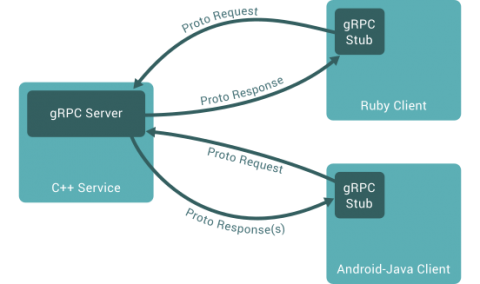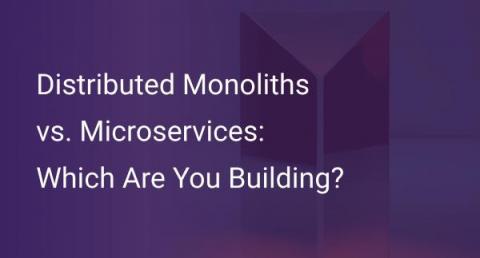Systems | Development | Analytics | API | Testing
Latest News
Scaling Microservices with Contract Testing and Pactflow
API growth continues to rise within the modern enterprise. Microservices, are a leading growth driver for APIs as development teams continue to break down monolithic systems, seeking to capitalize on the advantages of decoupled capabilities. Benefits such as reduced costs, reduced time-to-market, faster release cycles and decentralized evolvability are possible. However, as APIs become increasingly prolific and central to core business functions, such benefits do not always linearly scale.
Automated API Testing for CI/CD and Microservices
Interdependence and collaboration between businesses and commercial sectors have changed in recent years with the use of Application Programming Interfaces (APIs). APIs have been around long enough for companies to know that they can use open web technologies to extend their services via in-app integrations. APIs allow two programs to communicate with one another and exchange data in a smooth manner. Once an API has been created, it is vital to test the interface to ensure that it is functional.
Java Developer Survey Reveals Teams Not Realizing Full Promise of Microservices
Using gRPC with Python
Microservice is now the architecture of choice for many developers when crafting cloud-native applications. A microservices application is a collection of loosely coupled services that communicate with each other, enhancing collaboration, maintainability, scalability, and deployment. There are several options for enabling this communication between microservices. REST is the most popular among developers, sometimes used synonymously with APIs. However, gRPC can be a better alternative to REST.
Distributed Monoliths vs. Microservices: Which Are You Building?
The concept of microservices has been popular for several years. As a result, many developers, companies have started building their applications using a microservices architecture. There are several reasons why a company or developer would want to move to microservices, including building a scalable application, maintaining the developer’s productivity without relying on each other, etc. Your teams start to build microservices by containerizing applications etc.
Ensuring Quality in Microservices Architecture with Support for gRPC Testing
Microservices architecture. Many organizations today recognize it enables faster and easier software changes over more traditional monoliths. Microservices have become the backbone for how organizations develop cloud-native applications – programs that run independently in containers designed for cloud computing architectures.
Simplifying Authentication for Microservices Security
In this episode of Kongcast, Jeff Taylor, senior product manager at Okta, tells and shows us how to speed up microservices security and take the burden off developers by managing auth with an API gateway.
Increase Developer Confidence with Microservices and API Test Automation
In a recently posted article on DZone, “Microservices: Good for Developers’ Mental Health,” Sauce Labs engineer, Simone Pezzano, addresses the link between developer confidence and mental health in today’s new workplace. Pezzano tells the story of his team’s bumpy start on their journey from monolith to microservices. Initially, Pezzano viewed microservices as a scary concept with rapid release cycles and shorter testing times.
SOA vs. Microservices: A Head-to-Head Comparison
Traditionally, monolithic architecture has been used to develop large-scale apps. However, people have realized its drawbacks and limitations over time. Without adapting to modern agile practices and limited flexibility does not allow for a productive development process. Therefore, organizations have been searching for better, more reliable architecture to facilitate the development of large-scale, complex apps with a more productive workflow.











